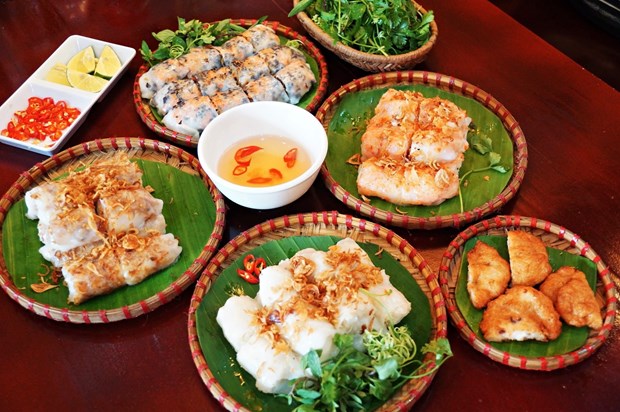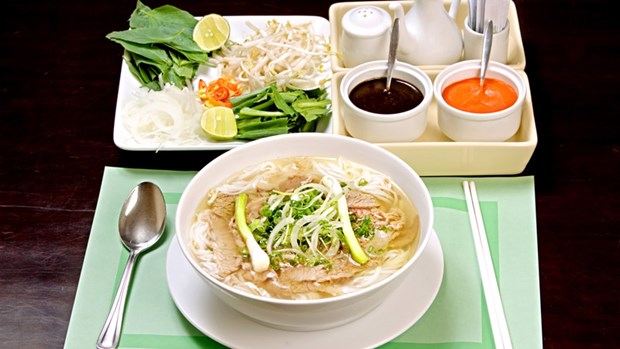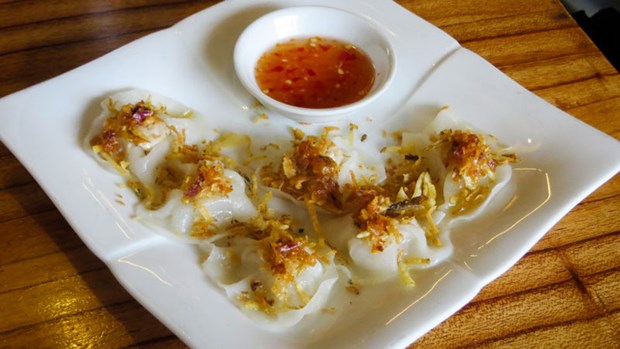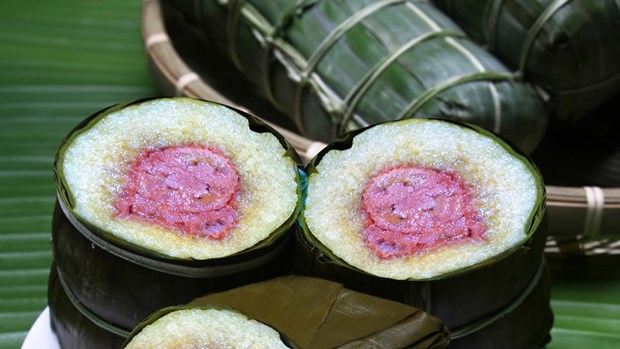Exploring Vietnam’s culinary scene from north to south is like tasting several countries for the price of one.
Its
long, slender and unique geography plays an important role in its cuisine
because of how the climate affects the availability of certain food and spices
within each region.
Travelling
from northern Vietnam, through its central belly and down to its southern tail
you will see not only different ingredients being used but varying styles and
approaches to food and its preparation.

Image source: travellingtovietnam.net
North
The
food in Vietnam’s northern region is often influenced by tradition.
When
Vietnamese ancestors settled in the northern deltas, there was a large amount
of importance placed on food and clothing among the community. Hung Kings, for
example, would hold cooking contests for simple foods like steamed rice and
rice cakes.
Such
traditions can still be seen today, with families using strict cooking methods
as well as specific ingredients and food pairings to make the perfect dish.
Being
located so close to the border of China, Chinese influences can be spotted
within Vietnam’s mountainous provinces west of the Red River Valley.
However,
the northern delta does also make use of native ingredients like fish sauce and
shrimp paste to show that it is not dependent on its giant neighbour.
In
former hill station Sapa, where the climate can be cooler, cooking methods like
stewing are popular.
This
is changing, however, and tourism is having a hand in modernizing Sapa’s towns,
with many non-Vietnamese restaurants opening up to satisfy Western demand.
Head
slightly south to Vietnam’s capital of Hanoi and the simplicity seen in the far
north of the country is still evident.
Pepper,
which is more readily available, tends to replace spices, which are seen more
frequently in the central and southern regions.
The
embodiment of Hanoi’s simple cuisine can be found in Vietnam’s national dish,
pho. Each Vietnamese region has its own take on pho, but arguably the best and
most basic is found in its birthplace, Hanoi.

Image source: kenh14.vn
Traditionally,
pho is a simple noodle soup, the base of which is made from beef bones. It is
served with banh pho noodles, rare beef and/or brisket and herbs.
The
further south you head, the more you can find an “anything goes” approach to
pho, with more flavors added to the broth and more herbs added as
accompaniments.
Central
Travel
further south and you will find two culinary stop-offs in the country’s central
region, Hoi An and Hue, the latter of which has been wholly shaped by its royal
history.
Hue
is the former imperial capital of Vietnam and as such its food tends to be more
luxurious with more spices used and greater care taken over presentation to
reflect its ancient royal past.
This
attention to detail can also be seen in likes of Hoi An’s famous dumpling dish
Bánh Bao Bánh Vạc, which is also commonly known as White Rose dumplings due to
their pretty, flower-like shapes.

Image source: travellingtovietnam.net
One
is also much more likely to see a banquet-style, multiple course approach to
serving up food in Hoi An and Hue, compared to other regions of the country.
South
The
south is known for its warmer weather system and fertile soil.
This
means a greater variety of fruits and vegetables grow here and the region
benefits from a higher number of rice harvests per year compared to the north.
As
a result, southerners tend to be more liberal with their ingredients and the
flavours used are bolder, more vibrant and sweeter.
This
can particularly be seen in the south’s capital, Ho Chi Minh City, where
desserts are more popular.
One
good example of this is the south’s sweet version of the savory snack bánh tét.
This is made with banana, sweet red beans and sticky rice, all rolled into a
cylinder. It is then boiled, cut up into chunks and served with a custard-like
sauce and sesame seeds.

Image source: 123amthuc.net
As
with many large cities around the world, tourism is changing Ho Chi Minh’s
cuisine on a daily basis, with many new restaurants opening up.
The
demand for different types of food is also driving change in the city, with the
likes of popular Japanese/Italian fusion restaurant, Pizza 4P’s, producing
their own cheese to plug a big gap in Vietnam’s cheese-producing marketplace.
Regional
differences can still be seen when you travel to Vietnam’s southern coastline
to places like Mui Ne and Vung Tau, where you will be greeted with a high
number of seafood and BBQ venues. Then when you enter the heart of the Mekong
Delta, which is further south still, you will see an abundance of coconut, palm
sugar and tropical fruits, which is not seen in the north.
Vietnam’s
great regional variation makes it a must see place for any food lover, with
unique experiences to be had across the country.
By Ciypass
Guide